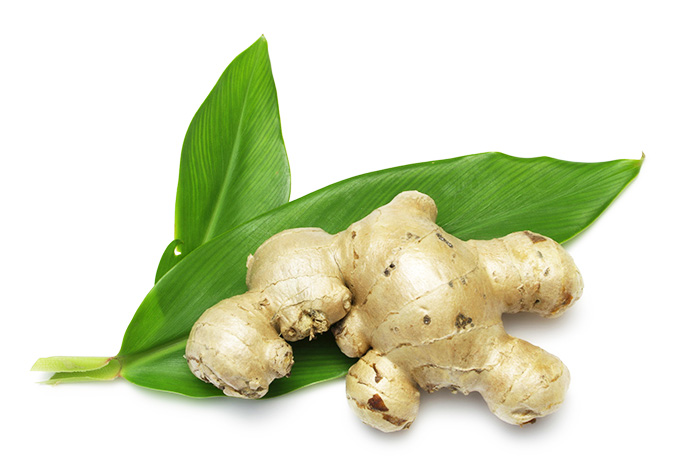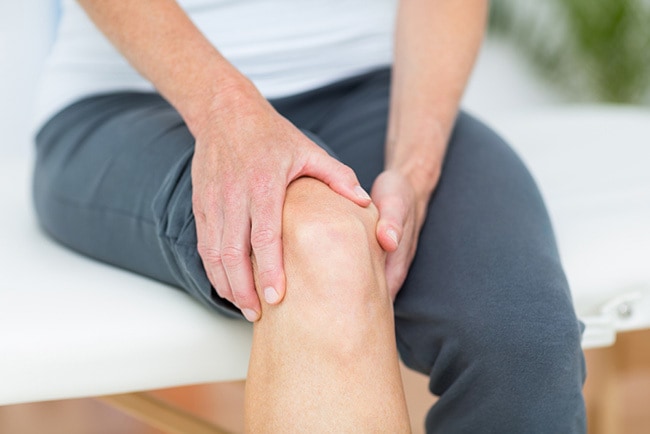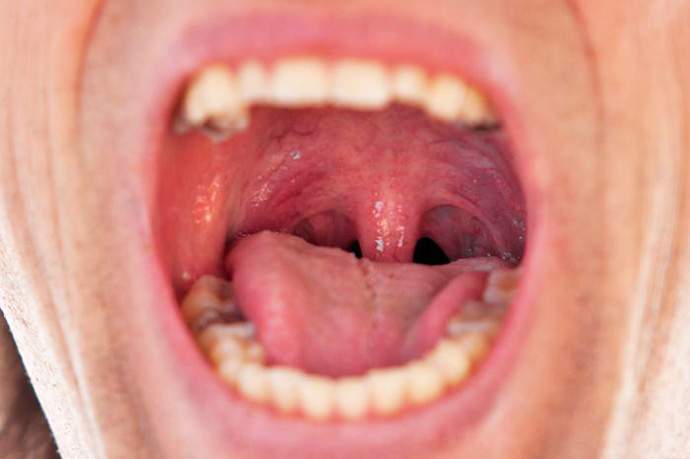Crepitus refers to the crackling or popping sound emanating from a joint when it is moved. While it can occur in just about any joint in your body, it is more commonly observed in the knee. So in other words, that sound your knee makes when you stand up after lying or sitting down for some time is called crepitus.
Your joints are places where different bones meet. In between the bones is a structure called cartilage, whose purpose is to provide cushion, keeping the bones in a joint from rubbing against one another.
However, there are instances wherein the cartilage deteriorates or becomes damaged. When this happens, the bones in a joint may come into contact with each other. Whenever you move the affected joint, the grinding of the bones creates a characteristic sound — this is basically how crepitus takes place.
Osteoarthritis is a problem that can cause damage to the cartilage, and thus bring about crepitus. Aside from a crackling or popping sound, it is very much likely for crepitus to come with joint pain and swelling.
There are instances, too, in which the culprit behind crepitus is the weakening of the muscles surrounding a joint. When those muscles are not as strong as they should be, they fail to provide support and stabilization to the joint. This causes the cartilage to get worn off easily, making the bones grind against each other.
It’s important for a doctor to see your knee or any other joint that is causing crepitus. It is very much likely for him or her to prescribe anti-inflammatory drugs that can help relieve pain and swelling. Sometimes a doctor may also inject steroid hormones into the affected joint. If the damage is severe, a surgical procedure may have to be done.
For mild to moderate cases of crepitus, there are numerous home remedies that you may carry out. Some of the best home care steps that may be taken include:
- Rest. Plenty of rest provides the affected joint enough time to heal itself, thus resulting in the reduction of crepitus and other associated symptoms.
- Elevate. It’s a good idea to keep the affected joint higher than your heart level. This helps divert blood away from it, which helps ease inflammation.
- Ice. Applying ice on the problem joint can help relieve pain and swelling. Make sure that you do not apply ice directly on the skin — have it wrapped in a small towel.
- Heat. Sometimes applying heat can also accelerate the healing process of the joint. You may also opt for alternating ice and hot packs.
- Compress. Wrapping the joint in elastic bandage can help in reducing inflammation and stabilizing the joint, thus hastening the healing process and lessening the symptoms.
- Ginger tea. Everyone knows that ginger is an excellent anti-inflammatory agent, and that’s why consuming it in tea form can help deal with crepitus, pain and swelling.
- Turmeric. Another spice with superb anti-inflammatory properties is turmeric, so whip up dishes that contain it to attain relief from crepitus and other issues that come with joint inflammation.
- Omega-3. Including omega-3 rich foods in your diet such as oily fish, nuts, seeds and olive oil can help reduce as well as prevent joint inflammation.
- Low-impact exercise. Once the inflammation is gone and the pain is reduced, walk, swim or perform any other low-impact exercise to help strengthen the muscles surrounding the problem joint.
- Lose weight. Consider losing excess pounds if you are overweight because all those unnecessary weight can definitely wreak havoc to your joints.
- Take glucosamine. A lot of people with joint pain and inflammation swear by the effectiveness of a supplement called glucosamine. However, do let your doctor know about your plan on taking it.
Sources: motushealth.co.nz








